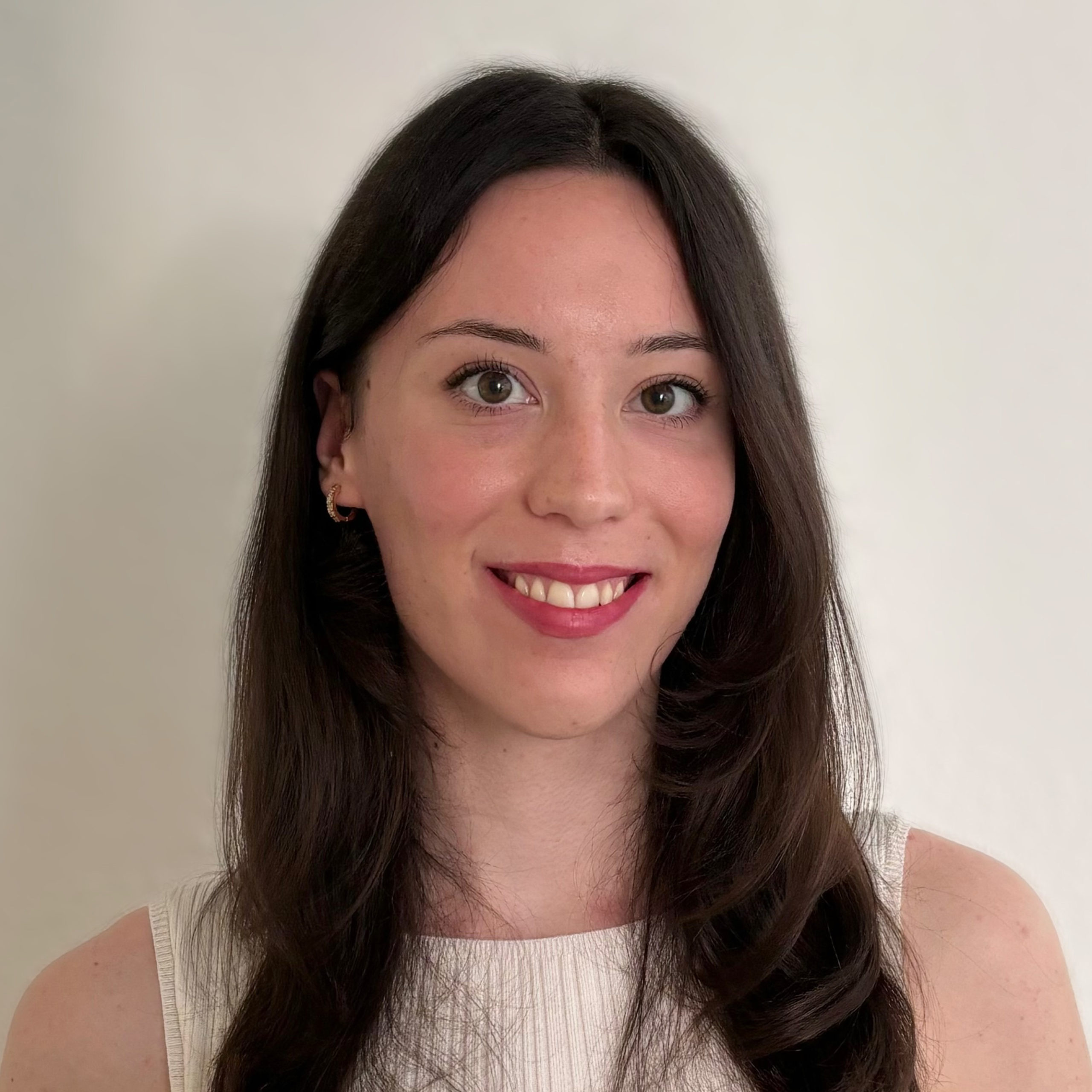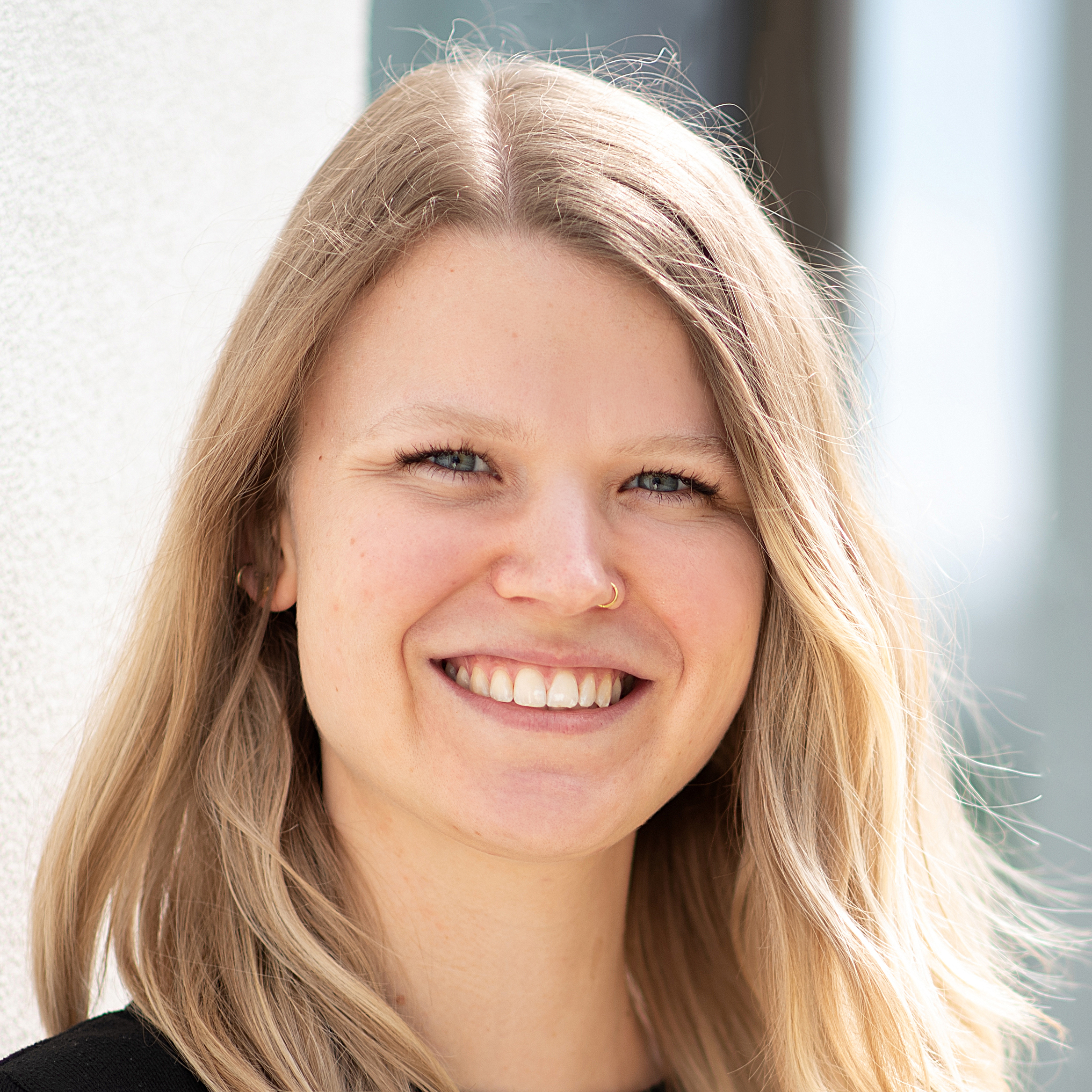Negation at the interfaces: Negation and existential quantification in German
Our project investigates the similarities, differences, and interactions of clausal Negation (Neg) with another grammatical category: the German indefinite quantifier ein. Quantifiers within the German middle field typically show surface scope towards one another. Under certain conditions, however, an inverse scope reading is available (see Webelhuth 2022 for evidence from a large corpus study). Such an inverse scope reading is sometimes also available when a quantifier is followed by nicht ‘not’: Leider steht uns ein Boot nicht zur Verfügung ‘Unfortunately, a boat is not available to us.’ Independent evidence for these scopal relations comes from ein N nicht being replaceable by kein N: Leider steht uns kein Boot zur Verfügung. It is important to note here that kein cannot be analyzed as a generalized quantifier but must be composed of Neg and the quantifier ein, as modals can scope between Neg and ein(Jacobs 1990, Zeijlstra 2011). The existence of kein as a realization of Neg+ein raises questions about the lexicon-syntax and the syntax-semantics interface. Looking into these questions will shed light on the Neg-Plus hypothesis, as it involves an intricate interaction of Neg, word order, and the lexical realization of Neg.
A pilot corpus study for the proposed project has unearthed dozens of examples showing that German negation is included in the set of operators that fail to obey a rigid scope constraint in the German middle field. Even negative polarity items can appear to the left of their licensing negator: Sie können einer Fliege nichts zuleide tun, … lit. ‘They cannot do harm to a fly …’. The NPI einer Fliege is part of an idiom and can be realized as keiner Fliege when no other negator is present. We will look at these NPIs to test whether their behavior wrt Neg follows the general principles of Neg+ein realization. Our research questions hence concern the exact conditions that license a) inverse scope between Neg and ein and b) the realization of Neg+ein as kein vs. alternative surface expressions. These research questions will be addressed by corpus studies and production experiments. Through the corpus studies, we will extend the existing collection of examples in such a way that quantitative analyses become possible. In the production experiments, we will use a modified production-from-memory procedure and explore the factors that govern the choice between surface scope and inverse scope and between ein N nicht and kein N.
In the next funding periods, we will investigate further languages, including English, which presents an interesting comparison with German due to its rather rigid SVO word order. In addition, more advanced experimental methods will be used – in particular, language production experiments using the visual world paradigm to address the time course of producing negated sentences.
Project Leaders

Prof. Markus Bader
Department of Linguistics, GU Frankfurt

Dr. Sascha Bargmann
Dep. of English and American Studies, GU Frankfurt

Prof. Gert Webelhuth
Dep. of English and American Studies, GU Frankfurt

